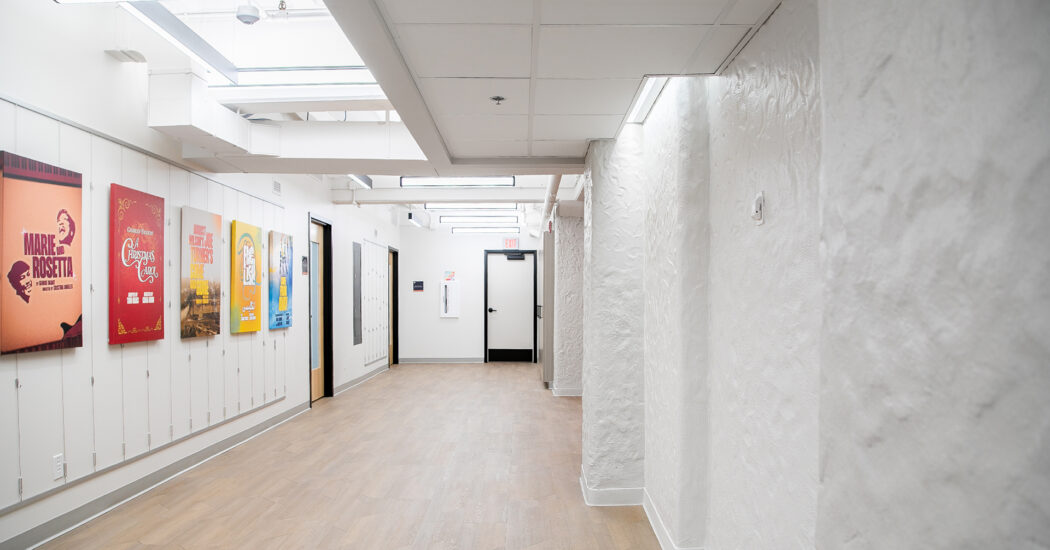5 Basic Design Organizing Principles for Facilities
-
Category
Innovation -
Posted By
Schmidt Associates -
Posted On
Nov 12, 2013
Design organization is critical for successful space utilization in facilities. There are five basic organizing principles used either individually or in combinations to design functional facilities – Radial, Grid, Axial, Spiral, and Cluster.

1) Radial
Elements radiate out from a central, figural point. Our solar system is the most basic radial scheme.
2) Grid
A grid is one of the most basic forms of visual and spatial organization, defining a set of ordered points and lines. Most Midwestern cities are based on a defined grid.
3) Axial
Axial organization connects “nodes” that are figural points in a space with a well-defined axis. Gothic churches are good examples of axial organization with the main aisles connecting the narthex with the altar.
4) Spiral
A spiral organization rotates out from a defined point in space. Typically, the scale or size of the shape increases as it rotates away from the center point. Interstate highway entrances and exits are a form of a spiral organization.
5) Cluster
A cluster organization is best defined as a more loosely arranged collection of objects or shapes. Many housing developments are organized as clusters of residences and landscape features
Schmidt Associates works with Owners to determine which principle(s) will achieve the goals of their facility project. Once the best organizing principles are established, design can officially begin. In the end, each Owner ends with a facility designed to their specifications!







